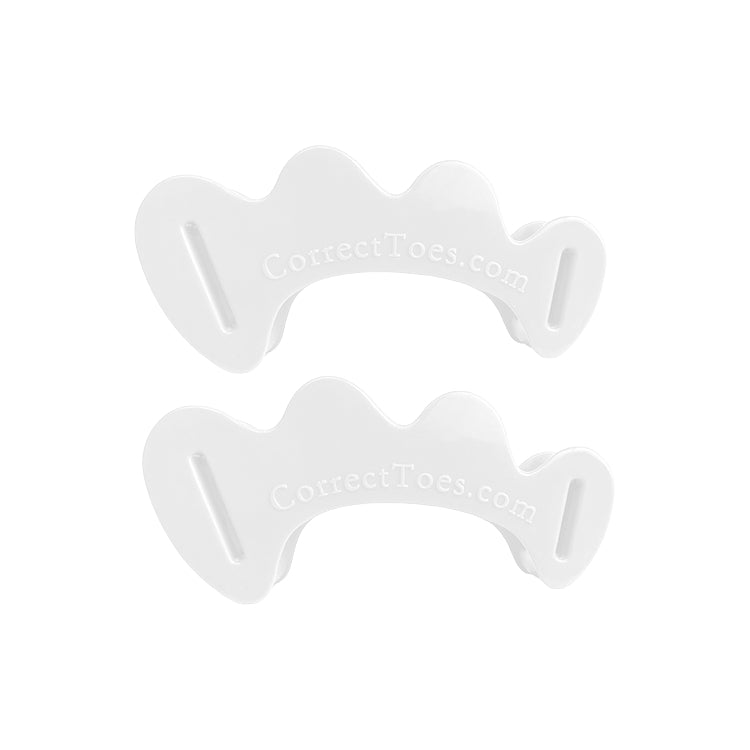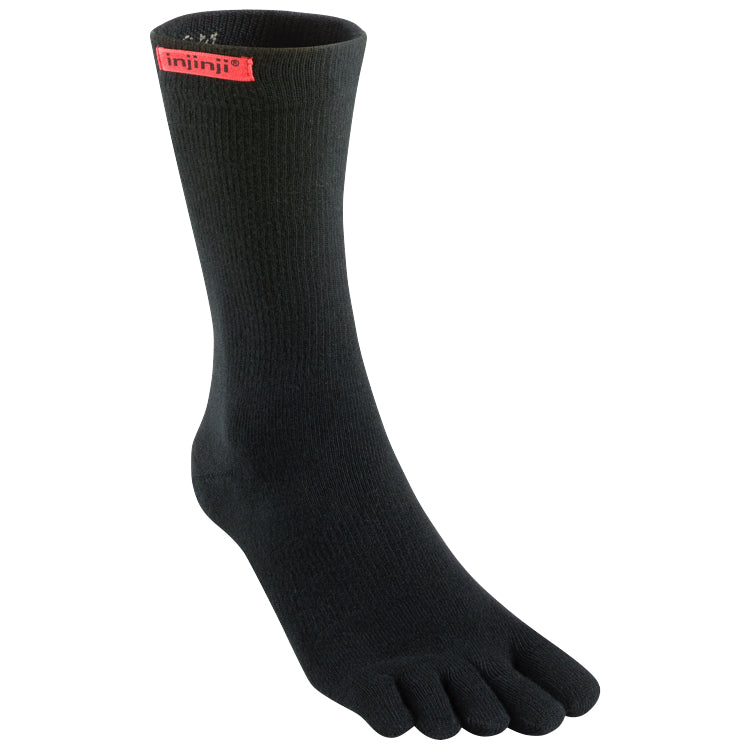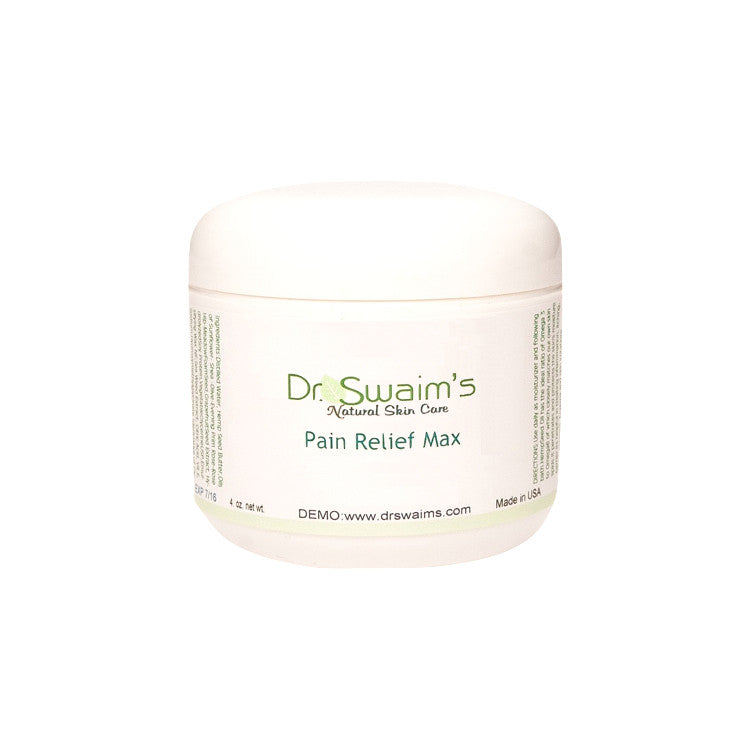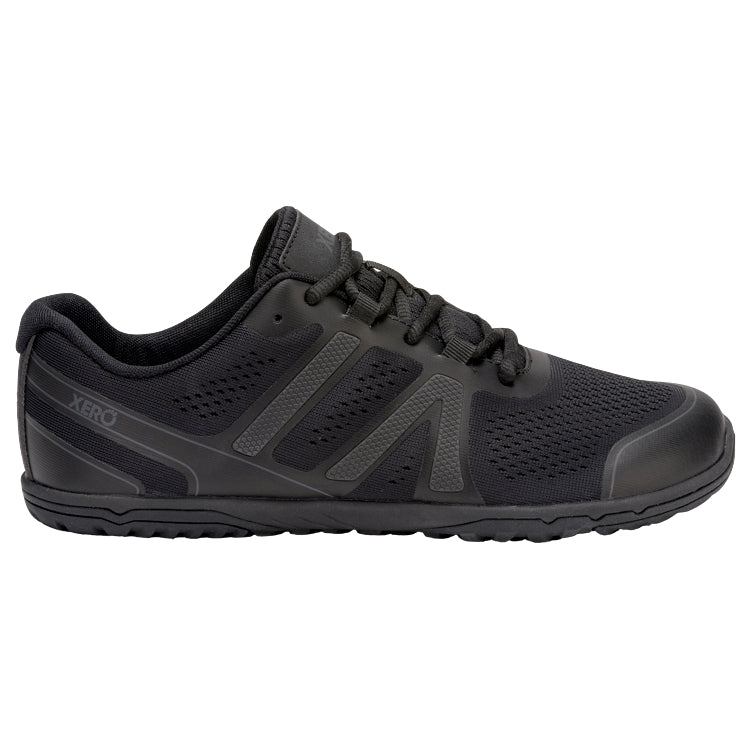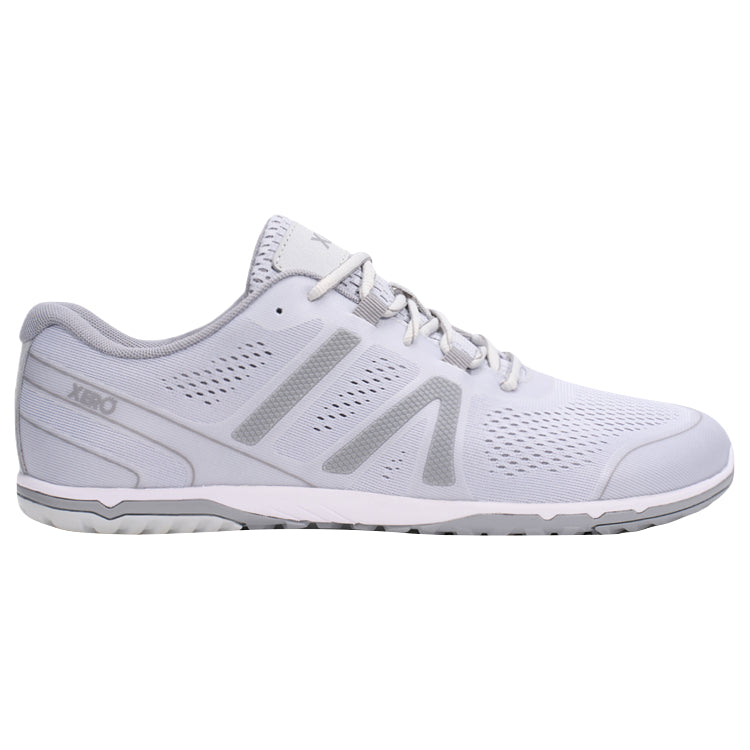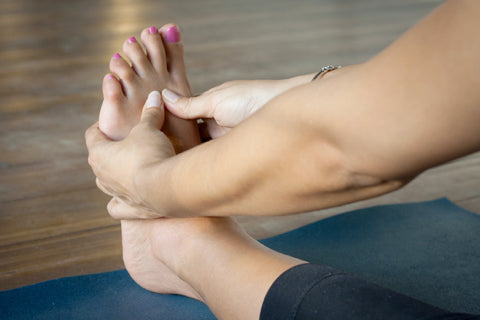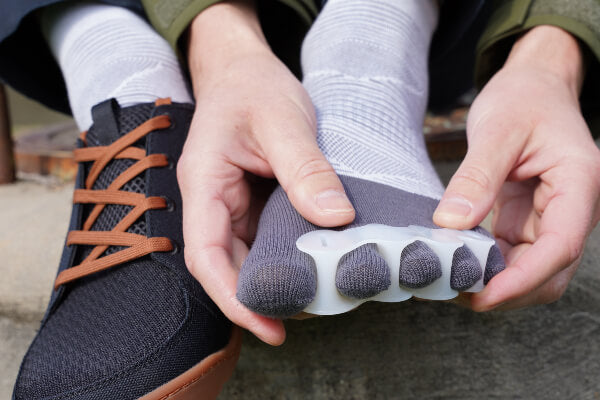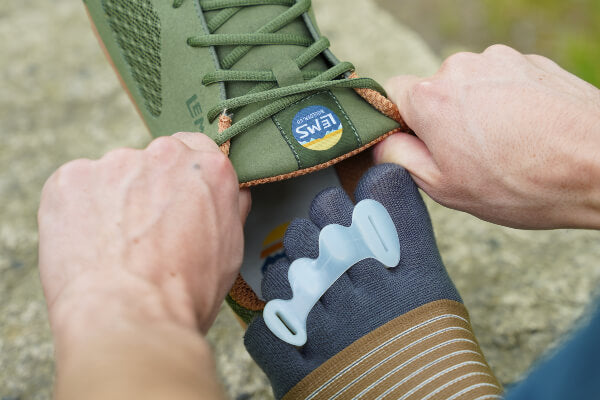
In most cases, the pain or discomfort associated with plantar fasciitis is usually sufficient to thwart participation in athletic activities. Still, athletes who experience this problem may wish to continue exercising while the condition heals, and this may be possible, depending on the severity of the plantar fascia pain and what steps are taken to address it.
Plantar fasciitis, or more accurately, plantar fasciosis (renamed as such because the condition involves a degenerative process rather than an inflammatory one—more about that here), is a circulatory problem caused by the entrapment of the posterior tibial artery by the flexor retinaculum—a fibrous band of tissue at the ankle under which various structures (including the posterior tibial artery) pass. This artery delivers blood to the plantar surface along the bottom of the foot. When entrapped, it can lead to decreased blood supply, tissue death, and pain in certain parts of the plantar fascia.
Entrapment of the posterior tibial artery occurs when the big toe is held in an adducted (i.e., toward the midline of the foot) and extended position. Unfortunately, most conventional footwear, including most athletic shoes, holds the big toe in this unnatural configuration. In many cases, individuals who switch to men’s or women’s shoes that allow the toes to splay the way nature intended experience relief from their plantar fascia pain due to the restoration of proper blood flow. The Correct Toes toe spacing device can also be very helpful in optimizing foot and toe blood flow by realigning the toes in their correct anatomical position.
In our experience, we’ve found that adopting foot-shaped footwear and spreading out the toes can help keep some athletes in the game while also preventing a recurrence of plantar fasciosis. Other helpful strategies may include performing the Big Toe Stretch as well as the Toe Extensor Stretch and using heat (e.g., Capsaicin cream or a hot water soak) prior to activity (with an optional short cold dunk or ice application after). Also, applying a cream such as Dr. Swaim’s Pain Relief Max and using a massage ball may also be helpful in managing pain and boosting circulation in the plantar fascia.
If you want to read more about plantar fasciosis, please check out this article on our site. This video is another excellent resource that discusses natural vs. conventional approaches to plantar fascia pain.

WANT TO IMPROVE YOUR FOOT HEALTH?
Let the team at Natural Footgear help you! Subscribe to our newsletter for the latest offers and helpful info, and sign up for our FREE email courses on various topics and foot health conditions.
Sign Up →
Want to Improve Your Foot Health?
We are here to help you every step of the way. Get our newsletter for the latest offers and helpful info, and sign up for our FREE email courses on various topics and conditions, including bunions, hammertoes, neuromas, plantar fasciosis, shin splints, ingrown toenails, and more.
Sign Up →
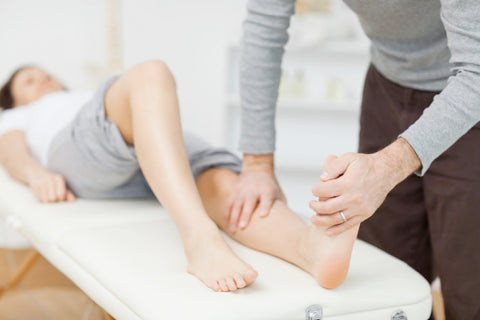 Countless individuals suffer from heel pain stemming from plantar fasciosis (or, as the condition is commonly mislabeled, plantar fasciitis). The agitating pain associated with this foot problem leaves many folks desperate for relief. Unfortunately, not all of the information about how to relieve plantar fascia pain is accurate or helpful. A lot of people, for example, have heard that stretching the plantar fascia (i.e., the bottom of the foot) is...
Read more
Countless individuals suffer from heel pain stemming from plantar fasciosis (or, as the condition is commonly mislabeled, plantar fasciitis). The agitating pain associated with this foot problem leaves many folks desperate for relief. Unfortunately, not all of the information about how to relieve plantar fascia pain is accurate or helpful. A lot of people, for example, have heard that stretching the plantar fascia (i.e., the bottom of the foot) is...
Read more



